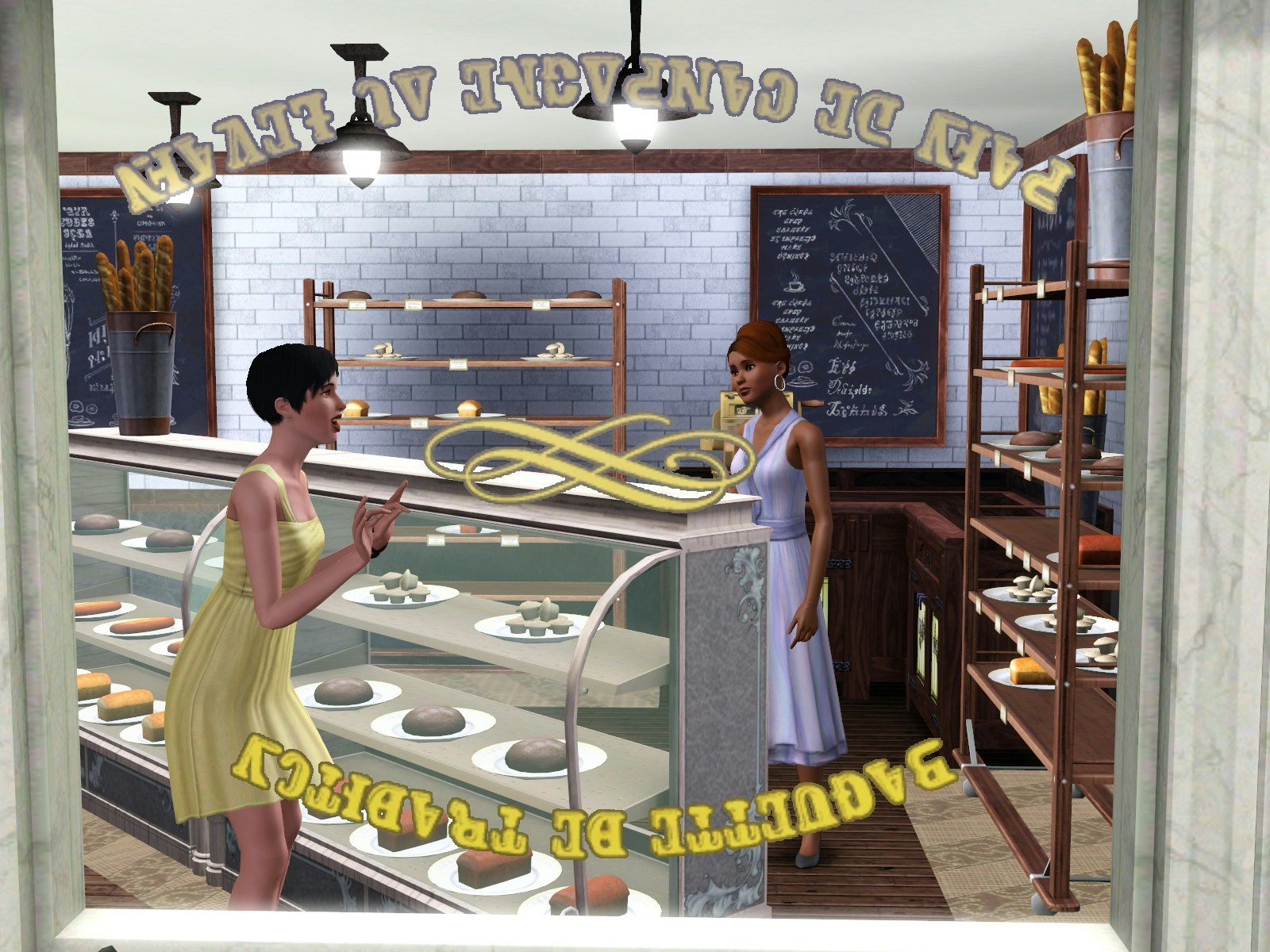
By the late 2000s, The Sims was ubiquitous, familiar to Simmers and non-gamers alike. The first Sims was a runaway hit that acted as a highly successful proof of concept. The Sims 2 tweaked that formula, expanding and improving upon it — even though it didn’t match the sales figures of the first.
So when The Sims 3 launched in early June of 2009, hopes were high. Miraculously, the franchise entry not only lived up to expectations, it surpassed them. Instead of merely offering more incremental improvements, The Sims 3 (nearly) perfected the concept, establishing some of the franchise’s most popular tropes and setting a high bar that franchise developer Maxis is still trying to surpass 15 years later.

The Sims 3 ambitiously offered an open-world layout, and Simmers could even push things further with Create-a-World, which allowed players to construct their own neighborhoods. Most importantly, the sandbox style let players fully immerse themselves into the game by eliminating constant loading. In other entries, players traveled between “lots” (like their home or the library), and the game needed to load each new lot — even if you’re just popping in on the neighbors. The Sims 3 broke that monotony, breathing a new life into the game.
Even Simmers who favored the occult had plenty to work with. They could play as Sims who were aliens, fairies, genies, ghosts, mermaids, PlantSims, Plumbots and Simbots, vampires, werewolves, and witches. Sims could have unicorns as pets, turn into a mummy, morph into a ToadSim, play as imaginary friends come to life, and resurrect loved Sims and pets as zombies.

The Sims 3 also offered plenty of lore, rewarding its most fervent players by taking recurring Sims and adding to their stories with strange twists. These Sims come pre-created and already live in various lots within the world. In most games, such characters would be NPCs — characters that players can interact with but not play as. The Sims franchise lets you embody these characters, however, whether by selecting them at the start of a new save or by adding them to a family through marriage, for example. By the time The Sims 3 rolled around, some of these Sims already felt like familiar faces — until you looked closer. Characters’ ages were off, changing family dynamics due to some of them taking the “Elixir of Life,” an in-game item that rewinds time and de-ages Sims.
Sims 3 is The Sims at its strangest and its best. The franchise, at this point, felt fully realized, able to come into its own and mix things up. The Sims 3 teems with personality in a way that shines 15 years later.

That’s not to say the game isn’t without its faults. The aforementioned open-world created a litany of bugs and performance issues. Players needed more powerful gaming setups than were required for The Sims 2. Additionally, the high total cost to own all the expansions, DLC, and microtransactions, something people complain about today, really began with this third entry. And while the gameplay aged well, the graphics certainly didn’t. Everything from the UI to the hairstyles looks cheap and poorly designed, though this is more a product of The Sims 3 being a 15-year-old game than an issue felt at launch.
But fans seemed willing to overlook these flaws because The Sims 3 delivered on the most important aspects of a Sims game, a somewhat kooky sandbox for ideas and creativity. The heart of storytelling and creation felt so woven into the DNA of The Sims 3.

It might be The Sims 4’s failures that allow The Sims 3 to cast such a long shadow. The 2014 entry infamously launched without ghosts, babies, or even pools with which players could torture their Sims (all series standbys at that point). While The Sims 3 had felt like a true upgrade from 2, The Sims 4 felt like a step backward.
By the end of The Sims 3’s lifecycle, the game felt gluttonously full. It was a feast for Simmers of all kinds, whether they embraced building, storytelling, character creation, or modding. The Sims 4 eventually added in many of those missing features, but for diehard fans 3 still marks the franchise's high point. 15 years later, it’s an important reminder of how Maxis can do right by its community whenever the company finally gets around to releasing Sims 5.







